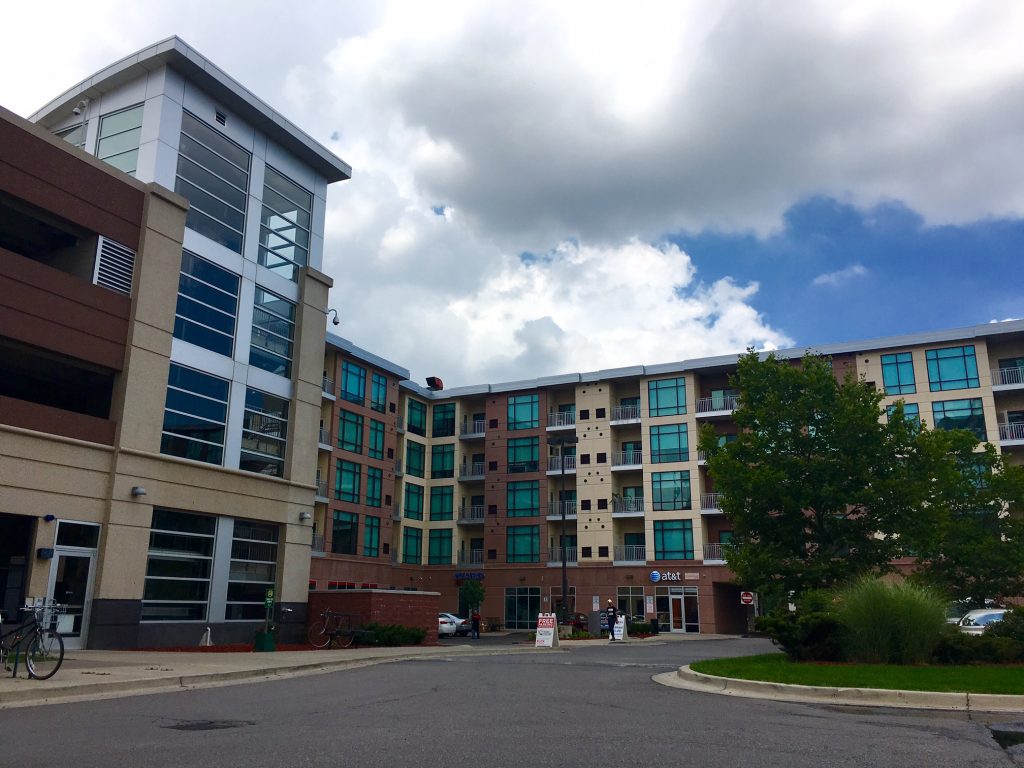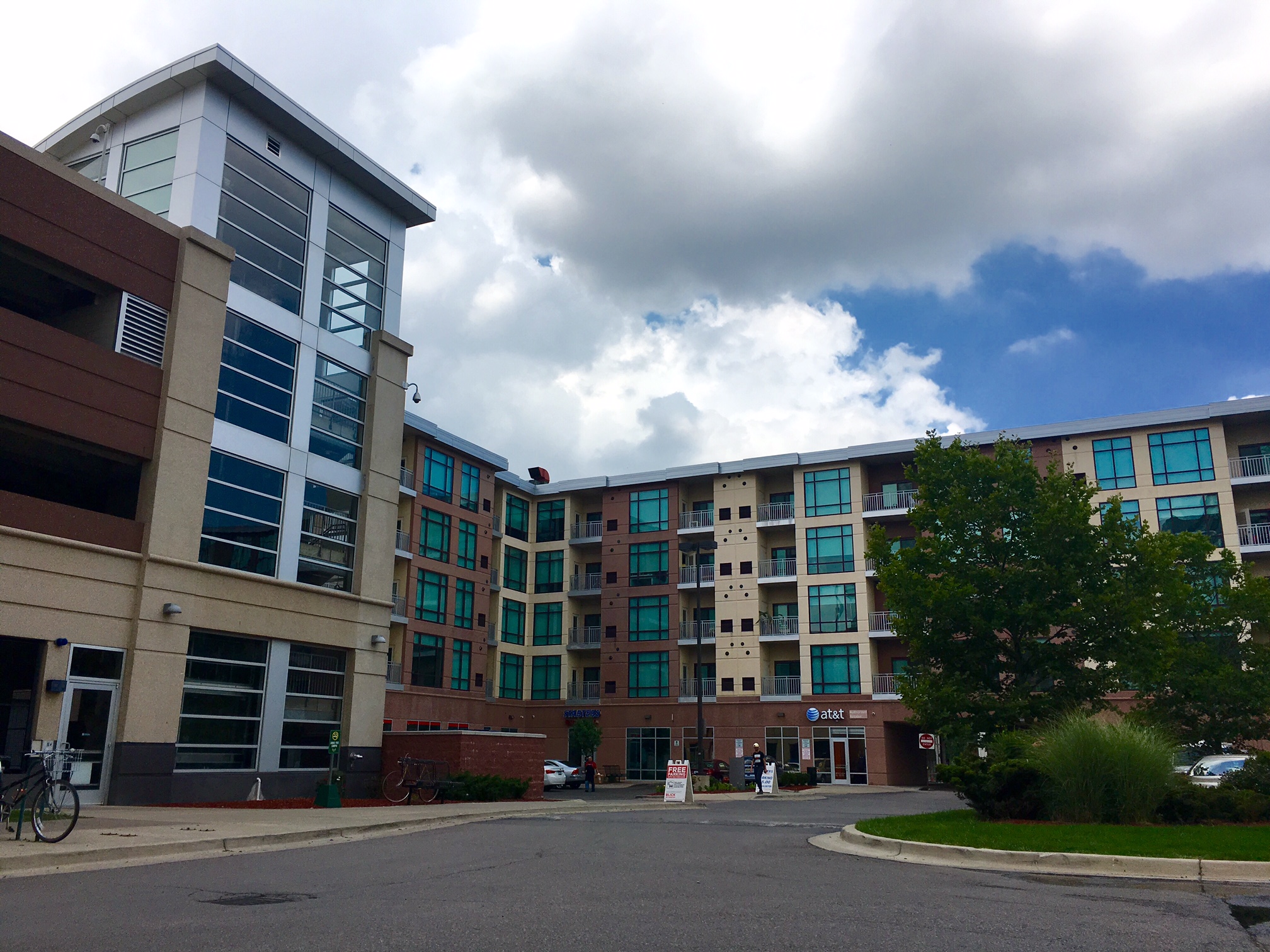Metro Detroit’s ‘Missing Middle’ Housing Market
Reporter Patrick Dunn finds Millennials, Boomers alike are demanding housing developments that don’t exist here.


Metro Detroit’s housing model is not designed to meet the needs and demands of many residents in the 21st century. That’s what freelance reporter Patrick Dunn found in a recent article published on the MetroMode website. Although new development has reached a high, Southeast Michigan’s housing market is still searching for so-called “missing middle” housing.
The term was coined in 2010 by California architect Daniel Parolek. Dunn says, “It describes any housing types that fall between a detached single family home and a larger high-rise style apartment building.”
Last year’s U.S. Census Data shows 648,000 single-family homes and 320,000 multi-family units were completed nation wide. 99% of those were conventional apartments.
Dunn says that “is a pretty big divide, and there’s not a lot in between in terms of duplexes, tri-plexes, apartment courts, and town-homes.. in Detroit or elsewhere.” The market is not meeting the demand, Dunn says this is “due to an obsolete mindset that goes back to post-World War II mentality.”
According to Shannon Morgan, a developer and member of non-profit Urban Land Institute Michigan, “Michigan is leading the country for number of single family units.” Morgan explains that Millennials are attracted to vibrant downtowns that are accessible to walk and robust in entertainment. Morgan says Millennials “choose place first,” they are looking for a “lifestyle experience” when they choose their housing.
Although they are emerging into the business sector with a lot of student debt and limited funds, she says, affordability has not been addressed in the market.
“Luxury product in a very prime location… ends up not really addressing the cost issue that middle housing is needed to address in the first place.” says Dunn. Cities across the country have had success with developments that address a diverse mix of income and products. State initiatives, here in Michigan, are in the making to meet that goal.
Click on the audio player above to hear the entire conversation.
